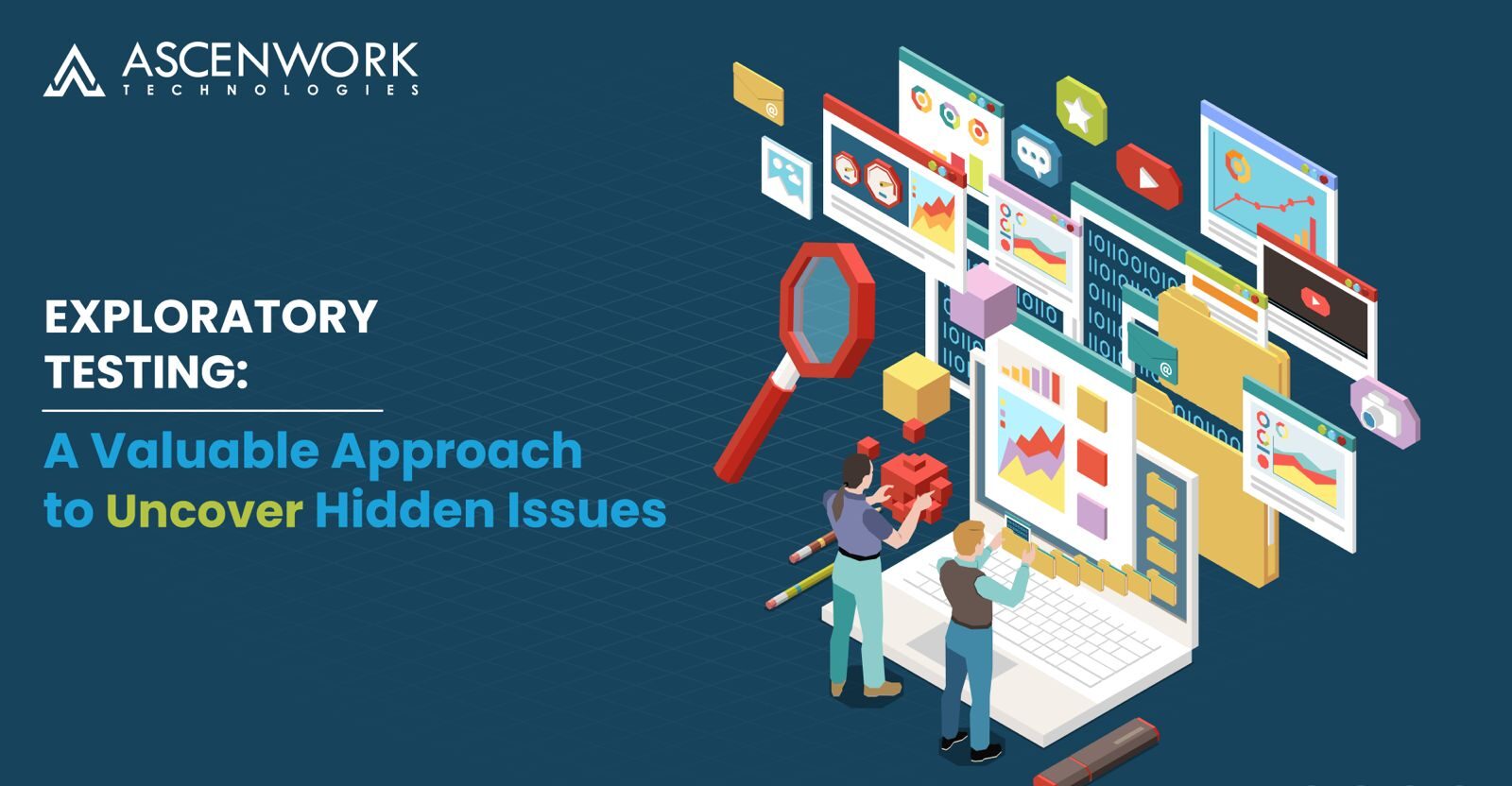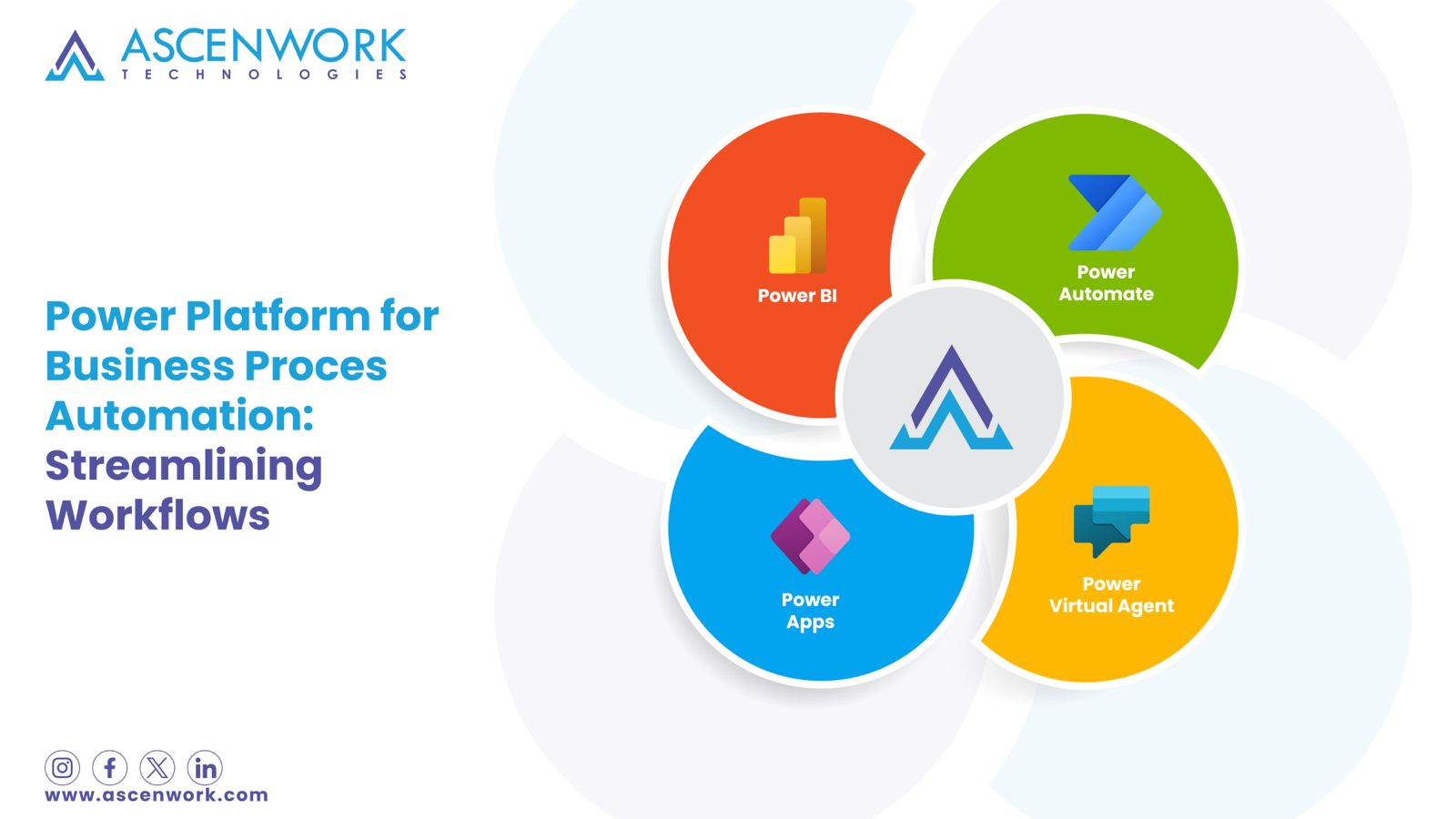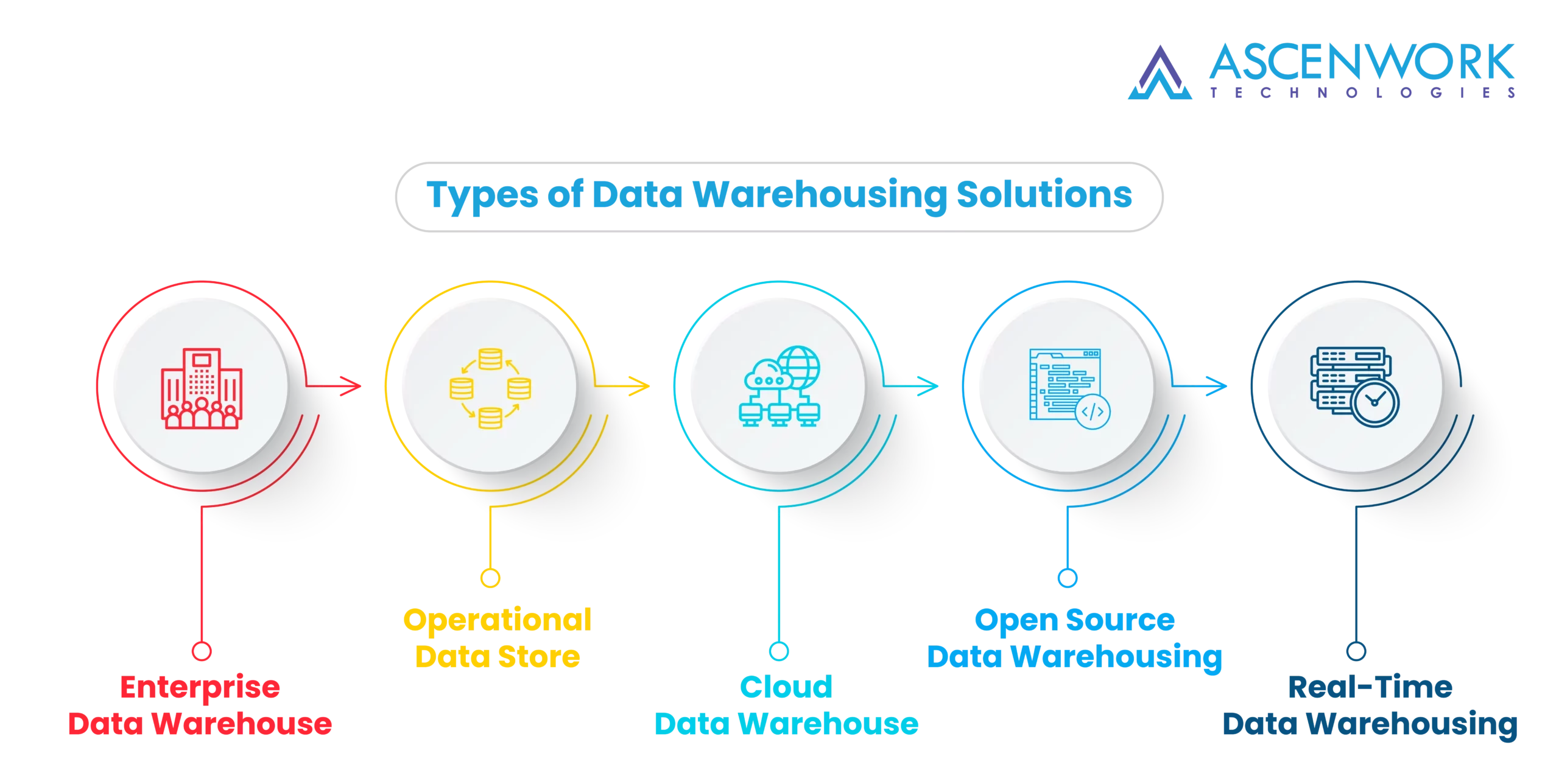
Discover unexplored areas of software quality with Exploratory Testing—a revolutionary approach that transcends conventional boundaries. Discovering the secrets of your digital universe, this powerful approach harnesses flexibility, insight, and imagination to unlock hidden potential. As we explore further, each action reveals hidden complexities. We must peel away the layers and unveil the intricate details concealed from view. Join us in redefining excellence and elevating your software’s exploratory testing with example integrity through the artistry of exploration!
History of Exploratory Testing
Exploratory testing is a software testing approach that involves learning about the system, designing and executing test cases, and evaluating the results in an interactive and dynamic way. Exploratory testing is often contrasted with scripted testing, which follows predefined test cases and procedures.
The history of exploratory testing can be traced back to the early days of software development, when testing was not a formalized discipline and testers had to rely on their intuition and creativity to find bugs and verify functionality. Some of the pioneers of exploratory testing include Gerald Weinberg, James Bach, Cem Kaner, and Elisabeth Hendrickson, who coined the term “exploratory testing” in 1983.
Exploratory testing gained more recognition and popularity in the 1990s and 2000s, as agile methodologies and rapid development cycles emerged. Exploratory testing was seen as a way to cope with the uncertainty and complexity of software systems, and to provide fast and valuable feedback to the developers and stakeholders. Exploratory testing also became more structured and systematic, with the introduction of techniques such as session-based testing, charter-based testing, and pairwise testing.
Why Use Exploratory Testing
Exploratory testing is a software testing approach that involves learning, designing, executing, and evaluating tests in an interactive and dynamic way. Here are some reasons why use exploratory testing in software testing:
- It can uncover bugs and issues that scripted testing may miss, by simulating real user behavior and scenarios.
- It can provide fast and valuable feedback to the developers and stakeholders, by adapting to the changing needs.
- It can improve the test quality and coverage, by using the tester’s intuition, creativity, and skill to explore the software system.
- It can enhance the tester’s motivation and satisfaction, by allowing them to use their own judgment to test the software system.
For example, a tester can use exploratory testing to test a new feature or functionality of a software system, by exploring its behavior, inputs, outputs, and interactions with other components. The tester can design and execute test cases based on their observations, hypotheses, and questions, and report any defects or issues they find. This is an example of why exploratory testing is used in software testing with example.
Importance of Exploratory Testing for CI/CD
Exploratory testing is a software testing approach that involves learning, designing, executing, and evaluating tests in an interactive and dynamic way. Here are some reasons importance of exploratory testing for CI/CD:
- It can support continuous integration and continuous delivery, by providing fast and frequent feedback to the developers and stakeholders, and by detecting and resolving defects and issues early in the development cycle.
- It can complement automated testing, by covering the areas that automation may not be able to test, such as usability, reliability, performance, and security.
- It can improve the test quality and coverage, by using the tester’s intuition, creativity, and skill to explore the software system and its features, and by adapting to the changing requirements and expectations of the software system and its users.
- It can enhance the tester’s motivation and satisfaction, by allowing them to use their own judgment and experience to test the software system, and by providing them with opportunities to learn and improve their testing skills.
For example, a tester can use exploratory testing to test a new feature or functionality of a software system that is integrated with CI/CD testing tools and CI/CD project management tools, by exploring its behavior, inputs, outputs, and interactions with other components and tools. The tester can design and execute test cases based on their observations, hypotheses, and questions, and report any defects or issues they find. This is an example of importance of exploratory testing for CI/CD with example.
How to Do Exploratory Testing?
Exploratory testing is a software testing approach that involves learning, designing, executing, and evaluating tests in an interactive and dynamic way. Here are some steps on how to do exploratory testing manually:
- Define the goal or objective of the exploratory testing session, such as testing a new feature, functionality, or requirement of the software system.
- Plan the scope and duration of the session, such as the test environment, tools, data, and resources to be used, and the time limit or number of test cases to be executed.
- Execute the test cases and scenarios, based on the tester’s observations, hypotheses, and questions, and using the tester’s intuition, creativity, and skill to explore the software system and its features.
- Evaluate the test results and findings, such as the defects and issues identified, the test coverage and quality achieved, the lessons learned and recommendations for improvement, and the feedback and suggestions for the developers and stakeholders.
- Report the test outcomes and artifacts, such as the test cases and scenarios executed, the defects and issues reported, the test notes and logs, and the test summary and presentation.
What Are the Benefits of Exploratory Testing?
Exploratory testing is a software testing approach that involves learning, designing, executing, and evaluating tests in an interactive and dynamic way. Here are some of the benefits of exploratory testing in software testing:
- It can uncover bugs and issues that scripted testing may miss, by simulating real user behavior and scenarios.
- It can provide fast and valuable feedback to the developers and stakeholders, by adapting to the changing needs and expectations of the software system and its users.
- It can improve the test quality and coverage by using the tester’s intuition, creativity, and skill to explore the software system and its features.
- It can enhance the tester’s motivation and satisfaction, by allowing them to use their own judgment and experience to test the software system, and by providing them with opportunities to learn and improve their testing skills.
What Are the Challenges of Exploratory Testing?
Exploratory testing is a software testing approach that involves learning, designing, executing, and evaluating tests in an interactive and dynamic way. Here are some of the challenges of exploratory testing with examples:
- It can be difficult to document and report the test cases and scenarios, as they are not predefined or scripted, but generated on the fly. This can make it hard to reproduce, trace, and verify the test results and findings.
- It can be challenging to measure and evaluate the test quality and coverage, as there are no clear criteria or metrics to assess the effectiveness and efficiency of the exploratory testing session. This can make it hard to compare, benchmark, and improve the test performance and outcomes.
- It can be risky to rely solely on exploratory testing, as it may not cover all the aspects and requirements of the software system, and it may introduce human errors and biases. This can make it hard to ensure the reliability, completeness, and accuracy of the test results and findings.
For example, a tester can use exploratory testing to test a new feature or functionality of a software system, but they may not document or report the test cases and scenarios they executed, or they may not measure or evaluate the test quality and coverage they achieved, or they may miss some important or critical aspects or requirements of the software system. This is an example of what are the challenges of exploratory testing with examples.
Exploratory Testing Techniques
Exploratory testing is a software testing approach that involves learning, designing, executing, and evaluating tests in an interactive and dynamic way. Here are some of the exploratory testing techniques that can help testers perform exploratory testing more effectively and efficiently:
- Session-based testing: This technique involves dividing the exploratory testing session into time-boxed and focused sessions, each with a specific goal, scope, and charter. The tester records the test cases, scenarios, results, and findings in a session report, which can be used to measure and improve the test quality and coverage.
- Charter-based testing: This technique involves defining a clear and concise mission or objective for the exploratory testing session, such as testing a new feature, functionality, or requirement of the software system. The tester uses the charter as a guide to design and execute test cases and scenarios, and to evaluate and report the test results and findings.
- Pairwise testing: This technique involves testing the software system with pairs of input values or parameters, rather than testing all possible combinations. The tester uses a tool, such as pairwise testing tools or types of exploratory data analysis tools, to generate the optimal set of test cases and scenarios, which can cover the most interactions and dependencies among the input values or parameters.
Dive into the nuances of Exploratory Testing and understand its relationship with White Box Testing, unraveling the distinctions that set them apart.
Navigate through the diverse landscapes of Exploratory Testing, discovering specialized types tailored to different testing needs and objectives.
Untangle the web of manual versus automated testing, understanding how Exploratory Testing can seamlessly blend both approaches for optimal results.
Embark on your Exploratory Testing journey with a step-by-step guide, offering practical tips and insights to kickstart your exploration.
Decipher the scenarios and contexts where Exploratory Testing shines, ensuring you deploy this approach effectively in your software testing strategy.


